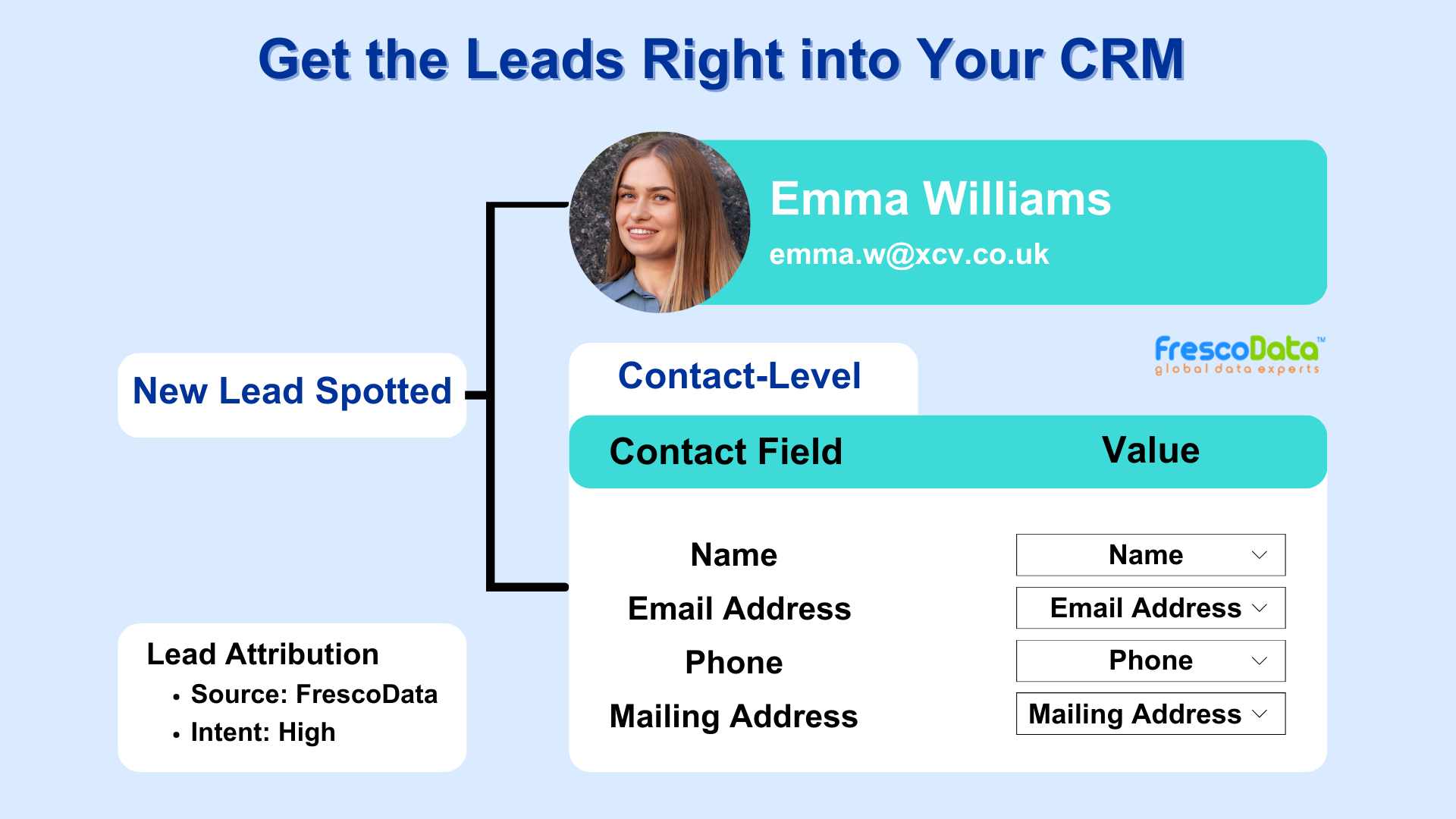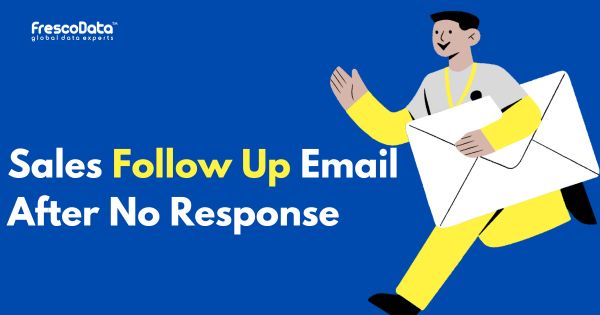- Introduction
-
Definition
-
Key Characteristics
-
One-Way Communication
-
Interruptive Nature
-
Mass Reach
-
Traditional Channels
-
Strategies Used
-
Television Commercials
-
Radio Advertisements
-
Print Advertising
-
Direct Mail
-
Cold Calling
-
Email Blasts
-
Trade Shows and Events
-
Billboard Advertising
-
Door-to-Door Sales
-
Event Sponsorship
What is Outbound Marketing?
Outbound Marketing refers to the traditional approach of reaching out to potential customers through various outbound channels to promote products or services. In outbound marketing, businesses initiate contact with potential customers through methods such as advertisements, cold calls, direct mail, email blasts, and trade shows.
Key characteristics of Outbound Marketing

One-Way Communication
Outbound marketing relies on one-way communication, where businesses broadcast their messages to a broad audience without necessarily receiving immediate feedback or engagement from the recipients.
Interruptive Nature
Outbound marketing tactics often interrupt consumers’ daily activities to deliver marketing messages. For example, television commercials interrupt TV shows, and cold calls interrupt individuals’ daily routines.
Mass Reach
Outbound marketing aims to reach a broad audience, often targeting large segments of the population rather than specific, niche groups.
Traditional Channels
Outbound marketing typically utilizes traditional channels such as television, radio, print media, billboards, and direct mail to deliver marketing messages.
Strategies Used
Following are some common strategies of outbound marketing:
Television Commercials
Traditional television advertising involves creating and airing commercials during television programs. These commercials aim to capture viewers’ attention and promote products or services to a broad audience.
Radio Advertisements
Radio ads are audio messages broadcast over radio stations. They often include jingles, voiceovers, and sound effects to promote products, services, or events to listeners.
Print Advertising
Print advertising includes placing ads in newspapers, magazines, brochures, and other printed materials. These ads can range from display ads to classified ads, targeting specific demographics or geographic areas.
Direct Mail
Direct mail involves sending promotional materials, such as postcards, flyers, catalogs, or coupons, directly to individuals’ mailboxes. Businesses use direct mail campaigns to reach targeted audiences and promote products or services.
Cold Calling
Cold calling involves reaching out to potential customers via phone calls without prior contact or permission. Sales representatives or telemarketers initiate calls to prospects to introduce products or services, qualify leads, and schedule appointments.
Email Blasts
Email blasts involve sending mass emails to a large list of recipients with promotional messages or offers. While email marketing can be used for both outbound and inbound strategies, email blasts typically focus on reaching a broad audience with promotional content.
Trade Shows and Events
Participating in trade shows, conferences, or industry events allows businesses to showcase their products or services to a targeted audience of attendees. Companies often use booths, displays, presentations, and demonstrations to attract attention and generate leads.
Billboard Advertising
Billboard advertising involves placing ads on large outdoor billboards or digital displays in high-traffic areas. These ads aim to capture the attention of motorists and pedestrians and promote products or services to a local or regional audience.
Door-to-Door Sales
Door-to-door sales involve sales representatives or agents visiting homes or businesses to sell products or services directly to consumers. This strategy requires personal interaction and persuasion to make sales.
Event Sponsorship
Sponsoring events, such as sports events, concerts, or community festivals, allows businesses to promote their brand and products to attendees through signage, branding, and promotional materials.
Stay Updated
Recent Blogs

3 Reasons to Buy Email List
Are you hesitant to buy email list for your business? Some would say buying an email list ...
November 18, 2024
Sales Follow-up Email After No Response!
70% of sales reps don’t follow up with prospects after no response. (Source) Are you...
September 2, 2024
5 CTV Advertising Tips to Get The Most Out of It
Connected TV has opened up many interesting opportunities for advertisers, allowing them t...
August 27, 2024